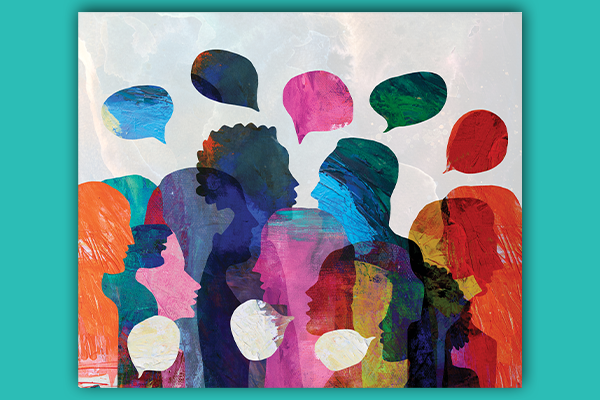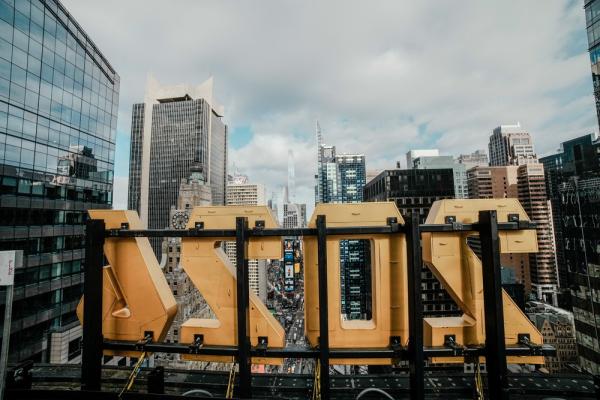AFTER THE NOVEMBER 2024 elections, I felt called to local community action. As I voiced despair to my therapist over the demise of democracy on a national level, she asked, “What is within your circle of control?” A friend had just decided to run for mayor of our town. This was one area where I could do something.
As a journalist, I typically don’t support specific candidates publicly. This time, I left my neutral observer role to get in the local political trenches as a volunteer campaign team member. Even at this level, it gets nasty — mudslinging, blatant lies, threats, bribes, and all those things that give regular folks a bellyache.
Long story short, my friend and our slate of city council candidates won. I’m still amazed by the fact that ordinary people who wanted change unseated five incumbents bent on preserving the status quo.
Reflecting back on how we did it, and how we might do it again, one strategy rises to the surface: We activated our social networks.
I don’t mean that we got really busy on social media, although we did. I mean that we met our neighbors. We went door to door. We got people in parent groups, churches, schools, sports clubs, and homeowners’ associations talking to one another. We bridged a pervasive sense of isolation and disconnect from government by connecting people to a movement.
Social trust has frayed in recent decades, as Robert Putnam (in Bowling Alone) and others have documented. The sense that neighbors look out for neighbors is fading. Social media, backed by a few multibillion-dollar companies, has usurped older networks where people used to get information from trusted messengers. In short, our social infrastructure is crumbling.
I recently chatted with Andre Henry, a nonviolent movement builder at Christians for Social Action. People have a hunger these days, he said, for agency. We want to do something about the problems we’re witnessing. We want to interrupt injustice.
So, we have the people, and we have solutions. What’s missing, Henry said, are the links plugging people into movements that meaningfully execute the solutions.
We can’t rely on the tech giants, whose bottom line is not our best interests but profit. We must rely on something more old-fashioned: Neighbors talking to neighbors. Local networks of care.
Now more than ever, building community is crucial to our work of reversing authoritarianism and the entrenched exploitation of people and planet. While technology and social media can be tools, they are peripheral to the heart of our work, which is rebuilding relationships.
This means showing up to local meetings, starting a conversation with another parent on the playground, hosting a climate café at a nearby coffeehouse, plugging into your closest environmental group, or countless other possibilities. It could mean reinvesting in church. As we rebuild our social infrastructure, these networks will be ready to activate when a crisis or opportunity strikes, whether extreme weather, the next executive order, or an upcoming election.
When we are connected and organized, what we can do together is stunning.

Got something to say about what you're reading? We value your feedback!






